TAX INCENTIVES 101
There are a number of tax incentives available to Australian businesses that can be used to support energy upgrades, including:
Temporary full expensing;
Instant asset write-offs; and
R&D tax incentive.
Temporary full expensing
The Federal Government’s temporary full expensing allows businesses with an aggregated turnover of less than $5 billion to immediately deduct the business portion of the cost of eligible new depreciating assets. Corporate tax entities unable to meet the $5 billion turnover test may still be eligible for temporary full expensing under the alternative income test. Using the temporary full expensing provisions for investment in efficient equipment means that your tax savings can be added to the energy cost savings, amplifying the financial benefits.
Click here to learn more about updates to the temporary full expensing provisions on the Energy opportunities for businesses in the FY21/22 budget page.
Instant asset write-off
The Federal Government’s instant asset write-off allows eligible businesses to claim an immediate deduction for assets costing less than the threshold – which varies year to year – in the year they are bought and used, or installed ready-for-use. Using the instant asset-write off for efficient equipment means that your tax savings can be added to the energy cost savings, amplifying the financial benefits.
“Hundreds of thousands of businesses right across the country have used this program and more will into the future.”
The Hon Josh Frydenberg MP, Treasurer, Commonwealth of Australia
Click here to learn more about updates to the instant asset write-off incentive scheme on the Energy opportunities for businesses in the FY20/21 budget page.
R&D tax incentive
The Federal Government’s research and development (R&D) tax incentive encourages companies to engage in R&D benefiting Australia, by providing a tax offset for eligible R&D activities.
The R&D tax incentive aims to boost competitiveness and improve productivity across the Australian economy by:
Encouraging industry to conduct R&D that may not otherwise have been conducted;
Improving the incentive for smaller firms to undertake R&D; and
Providing business with more predictable, less complex support.
For up-to-date information regarding thresholds and other information on tax incentives visit ato.gov.au
To learn more about tax incentives, read Leveraging tax incentives to improve energy performance: a guide for Australian businesses investing in smart energy management."
Click here to return to the Energy financing and funding 101 page.

